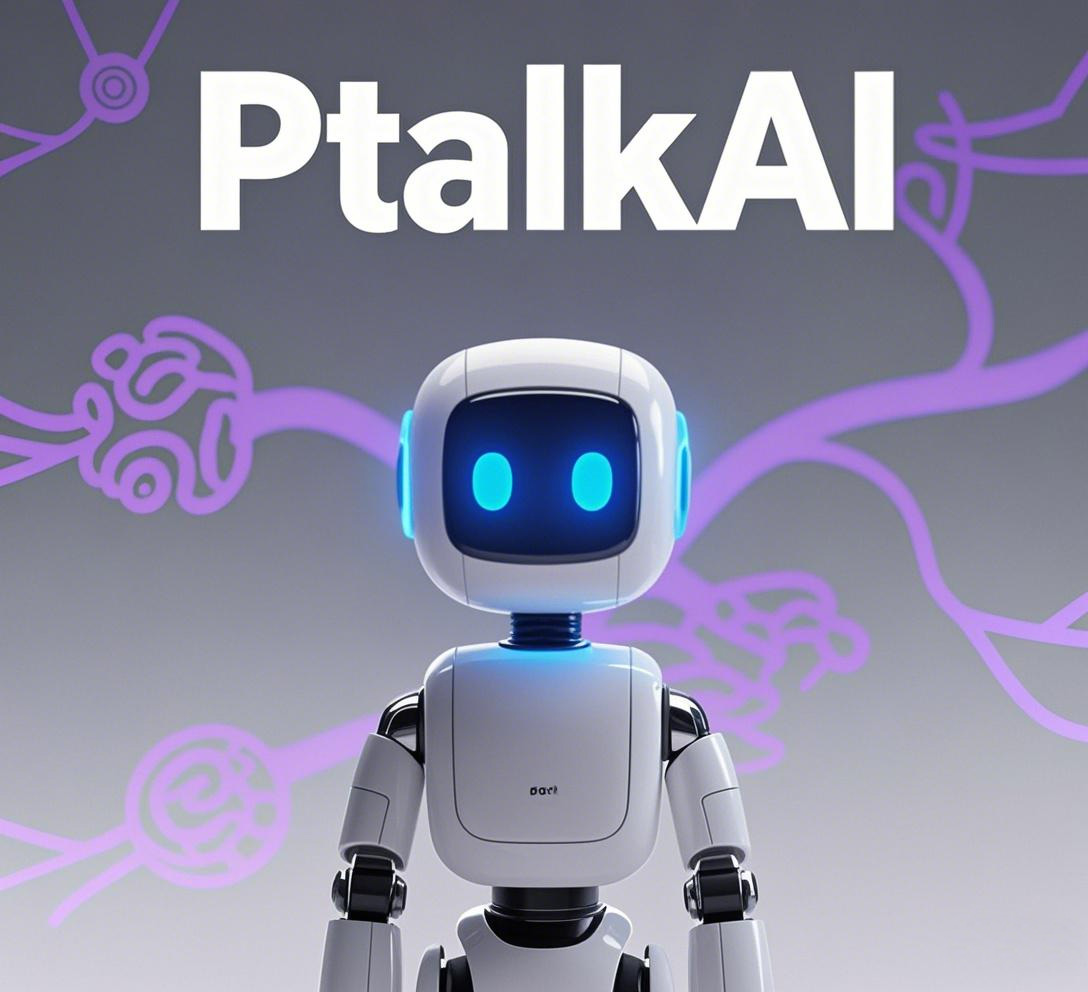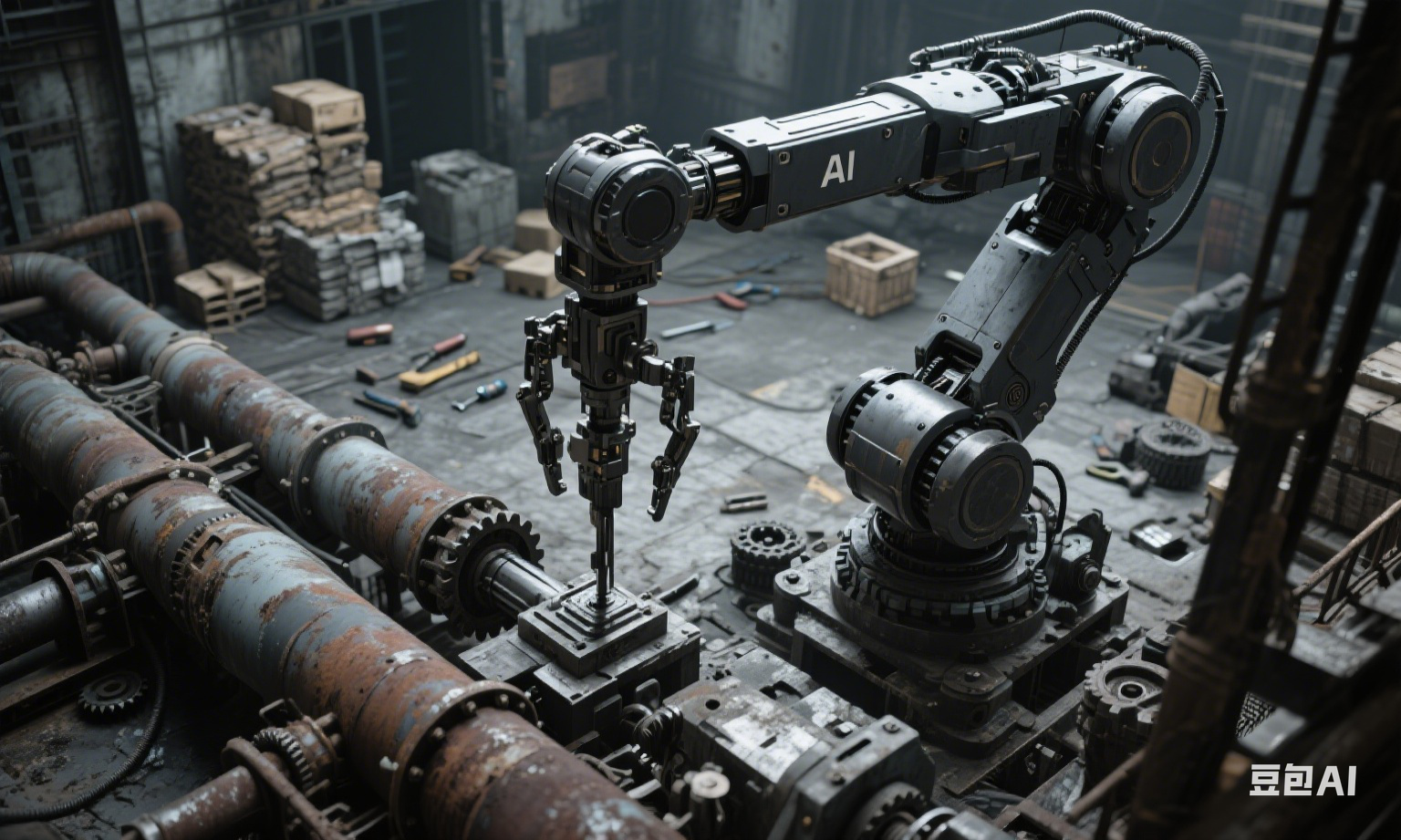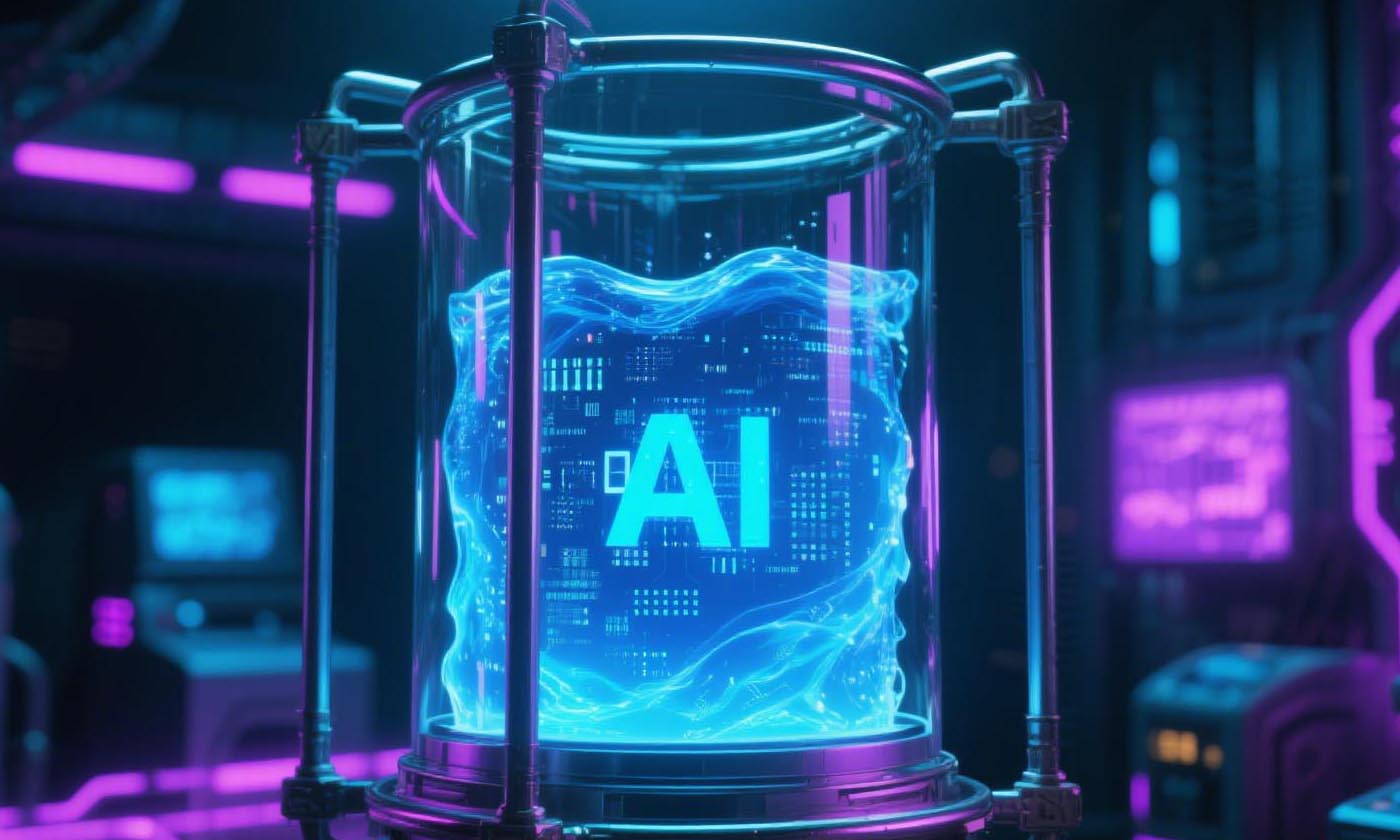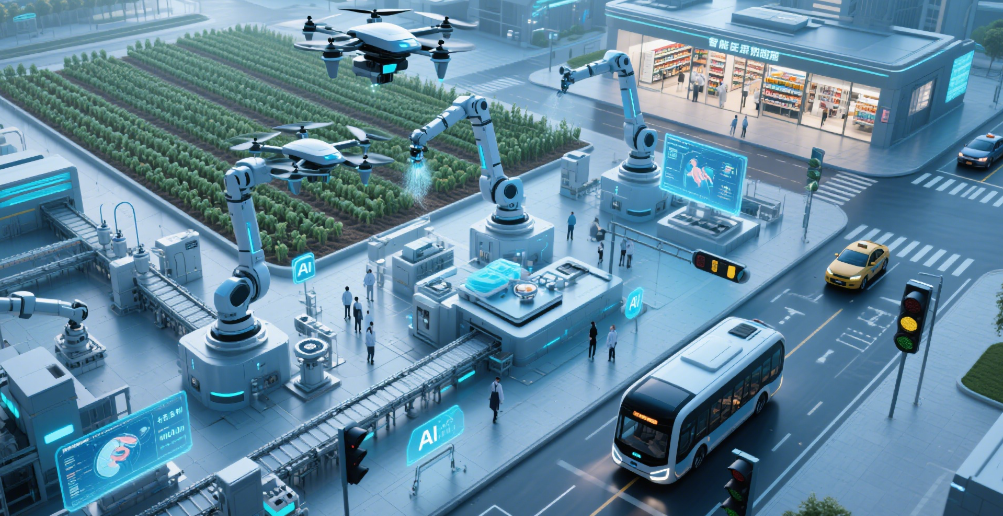AI Agents: Driving the Evolution of Hardware from Devices to Ecosystems
When operating room robotic arms autonomously adjust their movement angles based on real-time imaging, and smart electricity meters dynamically balance power loads with charging piles—these scenarios mark the qualitative change of hardware from "independent devices" to "ecosystem nodes." Leveraging the technical system of "edge computing modules + real-time decision algorithms + cross-device collaboration platforms," Aoyun Cloud Innovation’s Ptalk AI is driving traditional hardware such as medical devices, industrial machinery, and energy terminals to break through physical boundaries, constructing a brand-new "devices as ecosystems" system in smart healthcare, intelligent manufacturing, and green energy.
1. Edge Computing Modules: Empowering Hardware with Real-Time Decision-Making Capabilities
The ecosystem collaboration of traditional hardware has been limited by cloud dependency and data latency. Ptalk AI’s core breakthrough lies in creating an "edge-side intelligent brain":
-
Millisecond-Level Response Core: The 25mm×45mm seventh-generation module integrates an NPU computing unit, maintaining 97% command recognition accuracy in high-frequency electromagnetic interference environments of operating rooms with a 0.3-second ultra-fast response to support real-time device collaboration. With 1,000+ built-in industry decision models, it enables surgical robots to independently complete five safety checks and charging piles to autonomously adjust power distribution offline, completely solving cloud latency pain points.
-
Real-Time Data Fusion Algorithms: A dynamic decision engine based on spatio-temporal data networks supports millisecond-level fusion of multi-sensor data—real-time synchronization of patient vital signs and device status in healthcare, integration of vibration data and process parameters in industry, and aggregation of power load and weather data in energy, improving decision-making efficiency by 90%.
-
Plug-and-Play Collaboration Solutions: Universal Link 2.0 technology is compatible with 99% of industrial device protocols, allowing enterprises to upgrade traditional machine tools into "smart production nodes" within two weeks, reducing system integration costs by 70%. An automotive factory saw a 55% improvement in equipment collaboration efficiency and a 40% reduction in production line downtime after adoption.
2. Scenario Ecosystem Transformation: Hardware’s Leap from "Functional Silos" to "Value Networks"
AI agents drive the ecosystem transformation of hardware across industries:
-
Smart Healthcare: Smart infusion pumps equipped with Ptalk modules become "diagnostic collaboration nodes"—real-time monitoring of drug flow rate and patient blood pressure, automatically pausing infusion and triggering alarms with monitors when anomalies are detected (e.g., "Heart rate exceeds 120 bpm, emergency procedures activated"). Data interoperability with hospital pharmacies through IoT automatically generates personalized medication recommendations, reducing infusion safety incidents by 65%.
-
Intelligent Manufacturing: Industrial robotic arms embedded with AI agents evolve from "program executors" to "flexible production units": visual sensors identify workpiece position deviations in real time and autonomously adjust gripping angles. Collaborating with AGV logistics vehicles and quality inspection systems enables fully automated "material arrival-processing-inspection-transport" workflows, increasing single-station productivity by 35%. Voice commands like "Check equipment health" generate component life prediction reports, reducing maintenance costs by 45%.
-
Green Energy: Smart electricity meters upgrade to "energy ecosystem hubs," dynamically adapting to environmental sensors and grid data—prioritizing clean energy storage during solar peak periods and coordinating charging pile load distribution during high-demand times. A user command of "Enable energy-saving mode" triggers whole-home appliance power optimization, reducing household carbon emissions by 28% and improving park-level energy utilization by 30%.
3. Ecosystem Construction: From Device Interconnection to Value Symbiosis
Ptalk AI promotes hardware evolution from single-point intelligence to ecosystem collaboration through open platforms:
-
Zero-Code Collaboration Development Platform: Agent Ecosystem 8.0 supports graphical process orchestration, enabling engineers to define cross-device collaboration logic in 4 hours—hospitals building "perioperative equipment collaboration networks," factories developing "smart production line scheduling systems," shortening development cycles by 80% with over 2 million devices connected to the platform.
-
Cross-Domain Data Sharing Mechanism: Federated learning ensures "data usability without disclosure," with zero outflow of patient diagnosis data in healthcare and encrypted sharing of equipment process parameters in industry. Uniform industry collaboration protocols enable seamless integration between medical devices and health wearables, as well as industrial machinery and warehousing systems, improving data interoperability efficiency by 95%.
-
Ecosystem Health Monitoring System: Real-time monitoring of device collaboration chain stability intelligently diagnoses ecosystem-level faults like "energy scheduling delays" or "surgical device synchronization anomalies," reducing response time to 10 seconds. Service quality evaluation models ensure 99.1% collaboration accuracy in healthcare and 98.5% process closure rate in industry, guaranteeing reliable ecosystem operation.
Conclusion: The Ultimate Form of Hardware Ecosystemization
From single-function independent devices to intelligent nodes with real-time decision-making capabilities; from simple instruction-based interconnection to data-driven value symbiosis networks—Ptalk AI’s practice reveals: The ultimate goal of hardware intelligence is "ecosystem construction." When every device becomes an "intelligent neuron" in the ecosystem, capable of both edge-side data processing and complex task collaboration with other nodes, the value of the hardware industry will extend from individual devices to the entire ecosystem network.
In the era of IoT, Ptalk AI is turning the concept of "devices as ecosystems" into reality through technological innovation and ecosystem empowerment. This is not just an upgrade of hardware products, but a reconstruction of the industrial value system—future hardware will no longer be isolated functional carriers, but indispensable intelligent nodes in ecosystems, continuously creating compound value beyond the devices themselves through data collaboration and capability complementarity.












